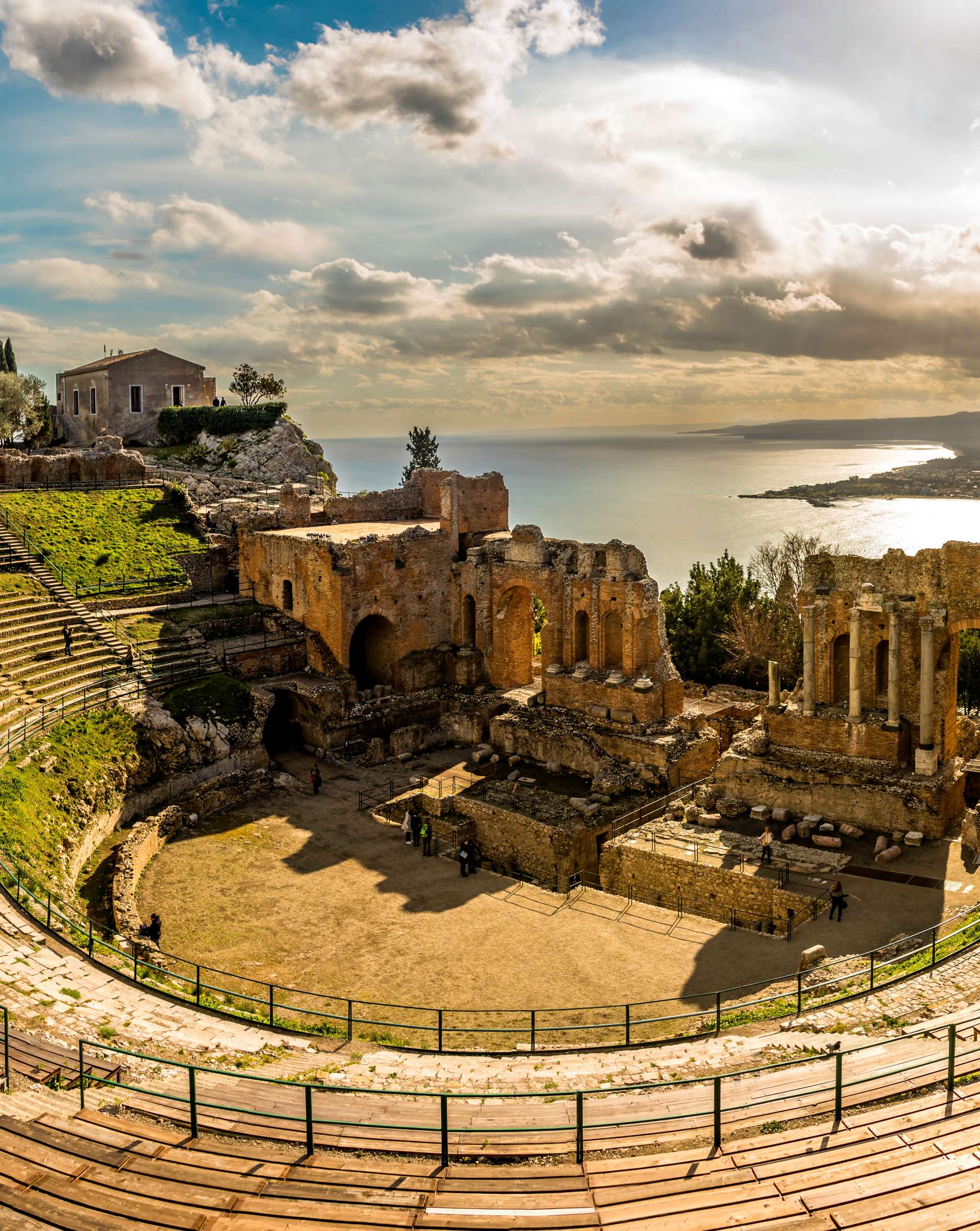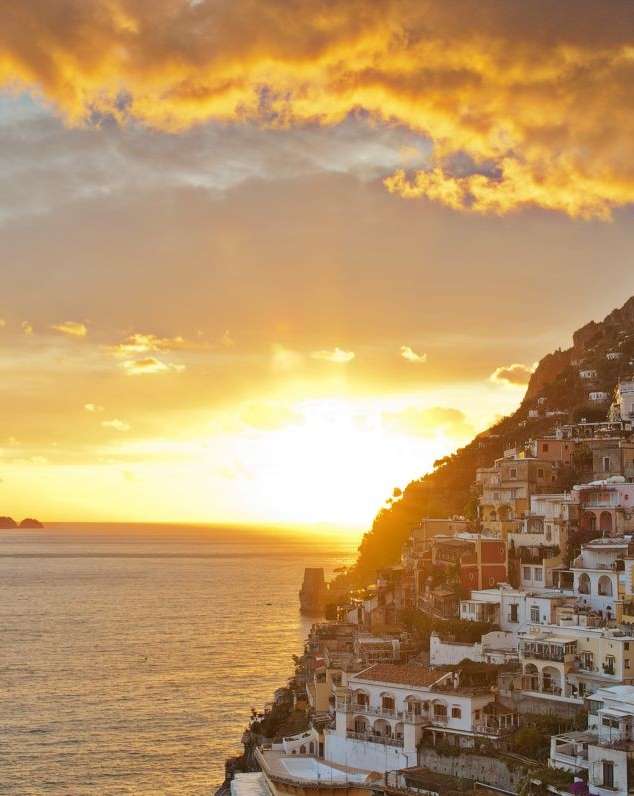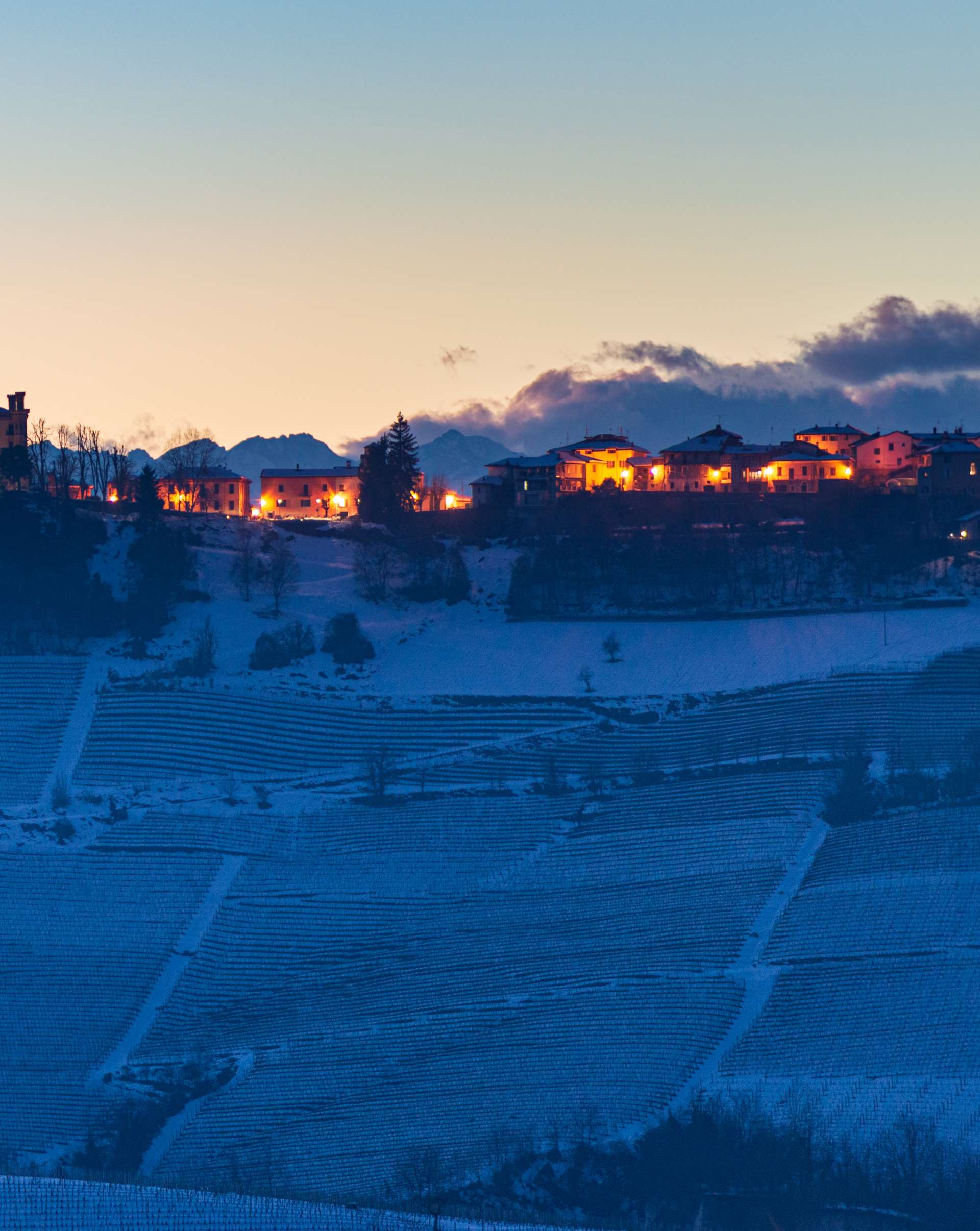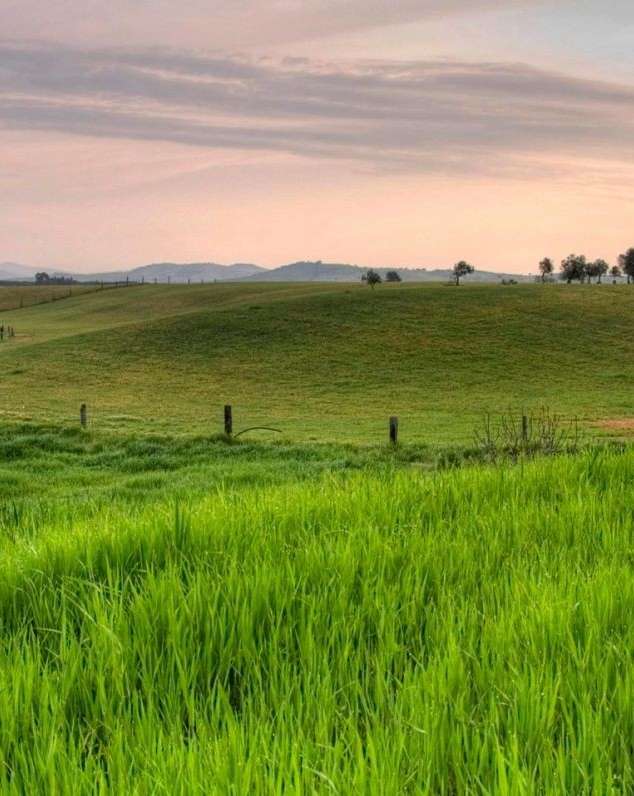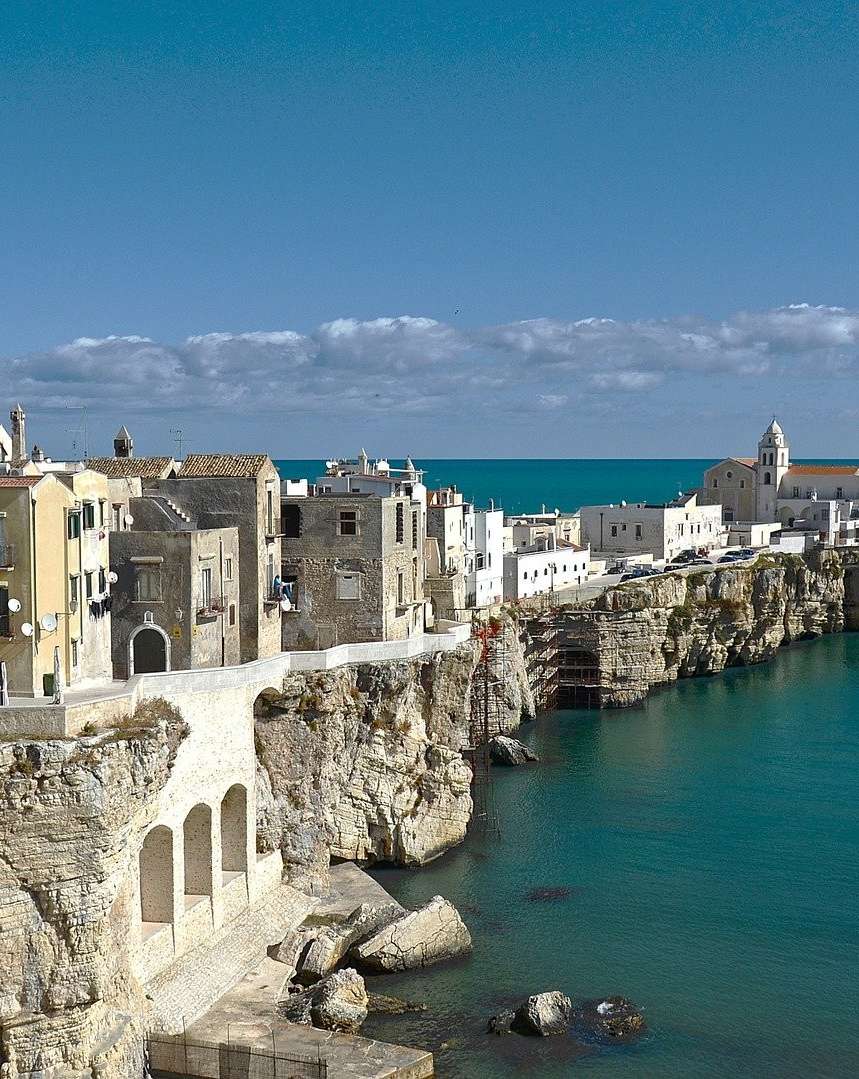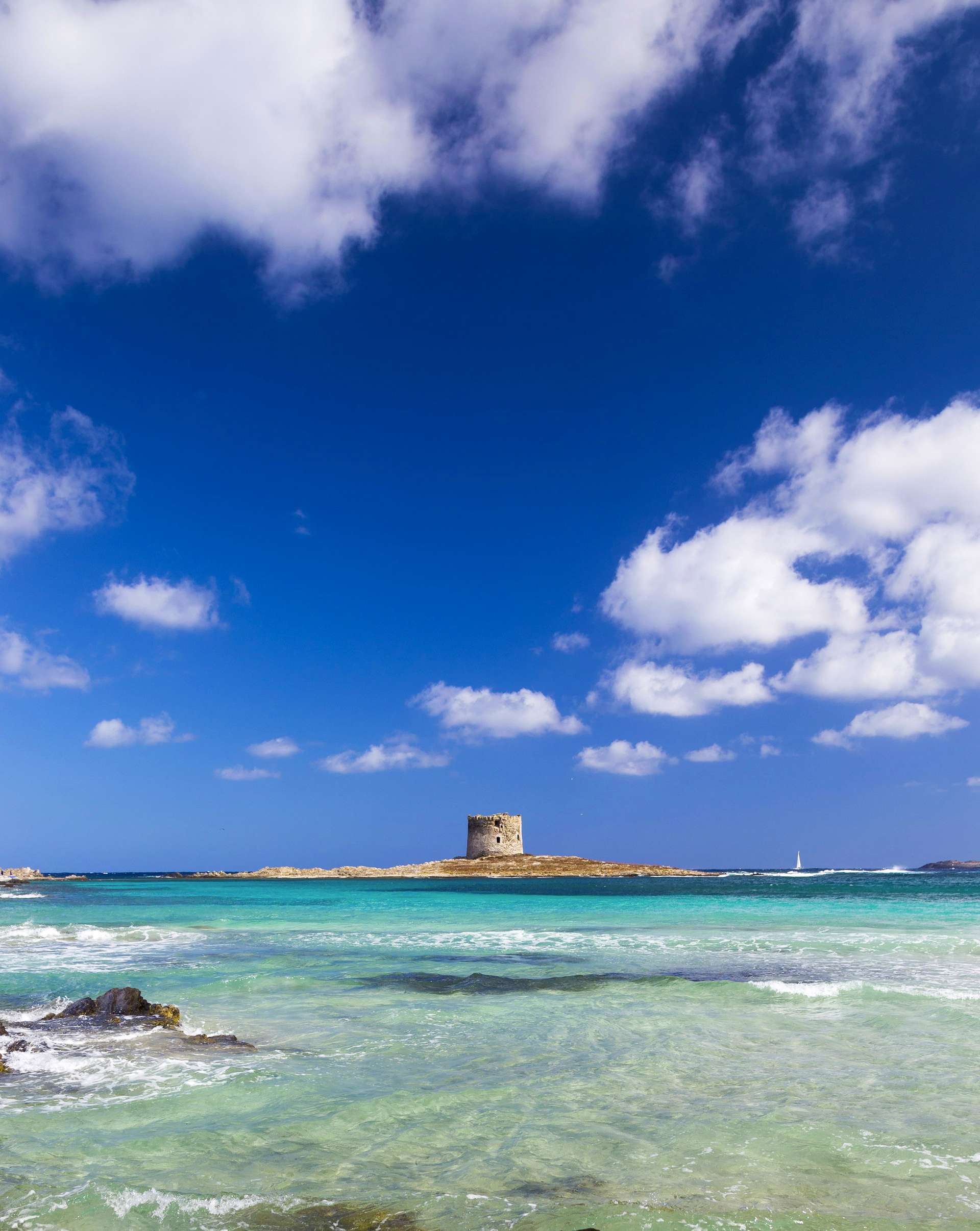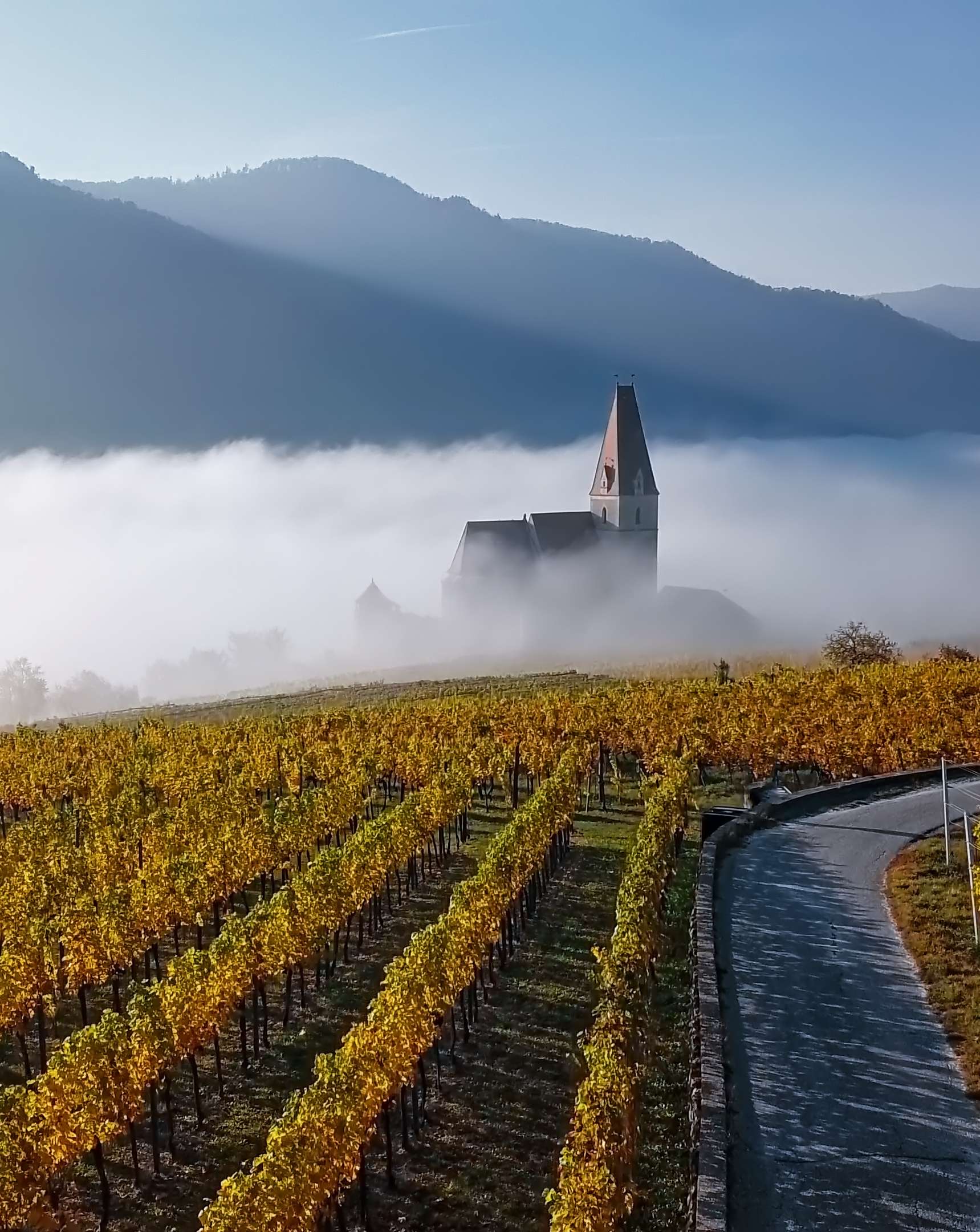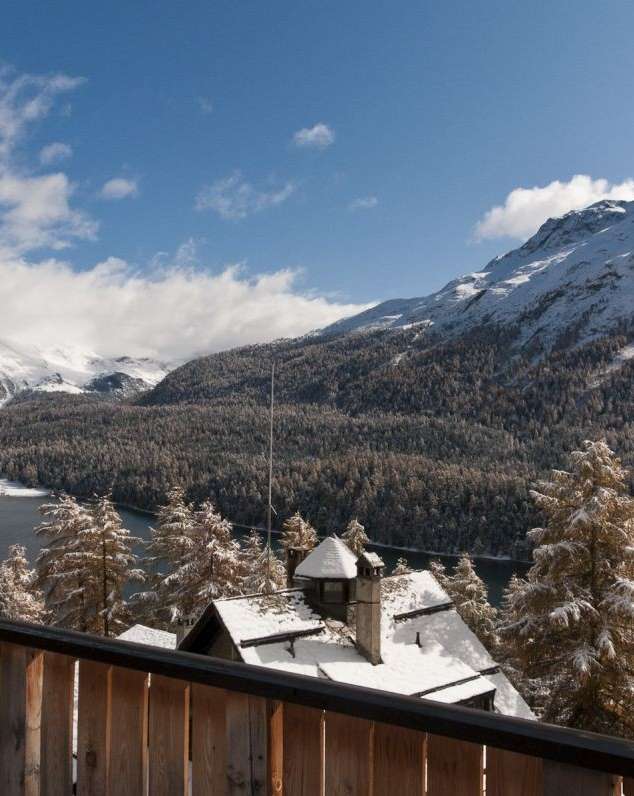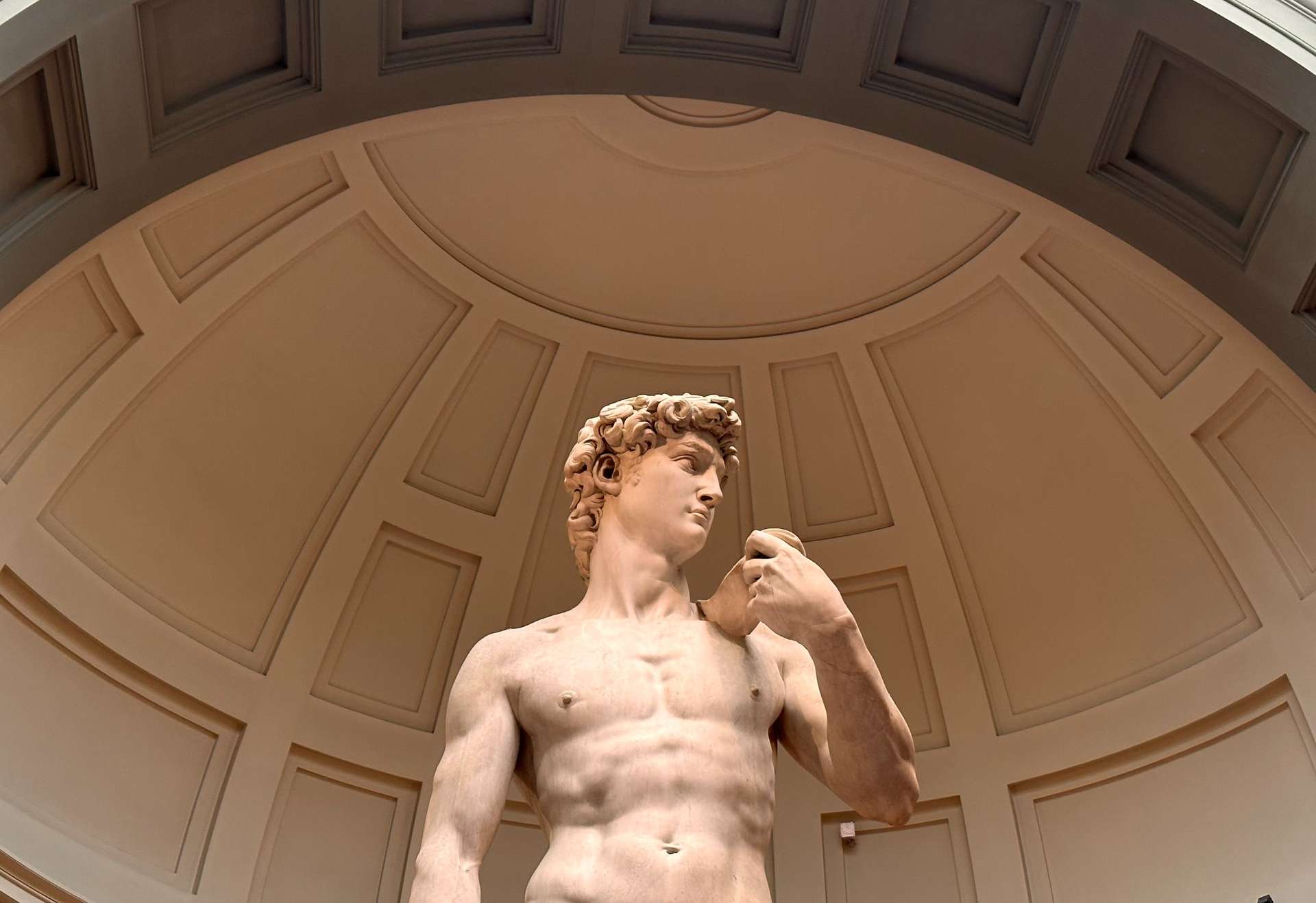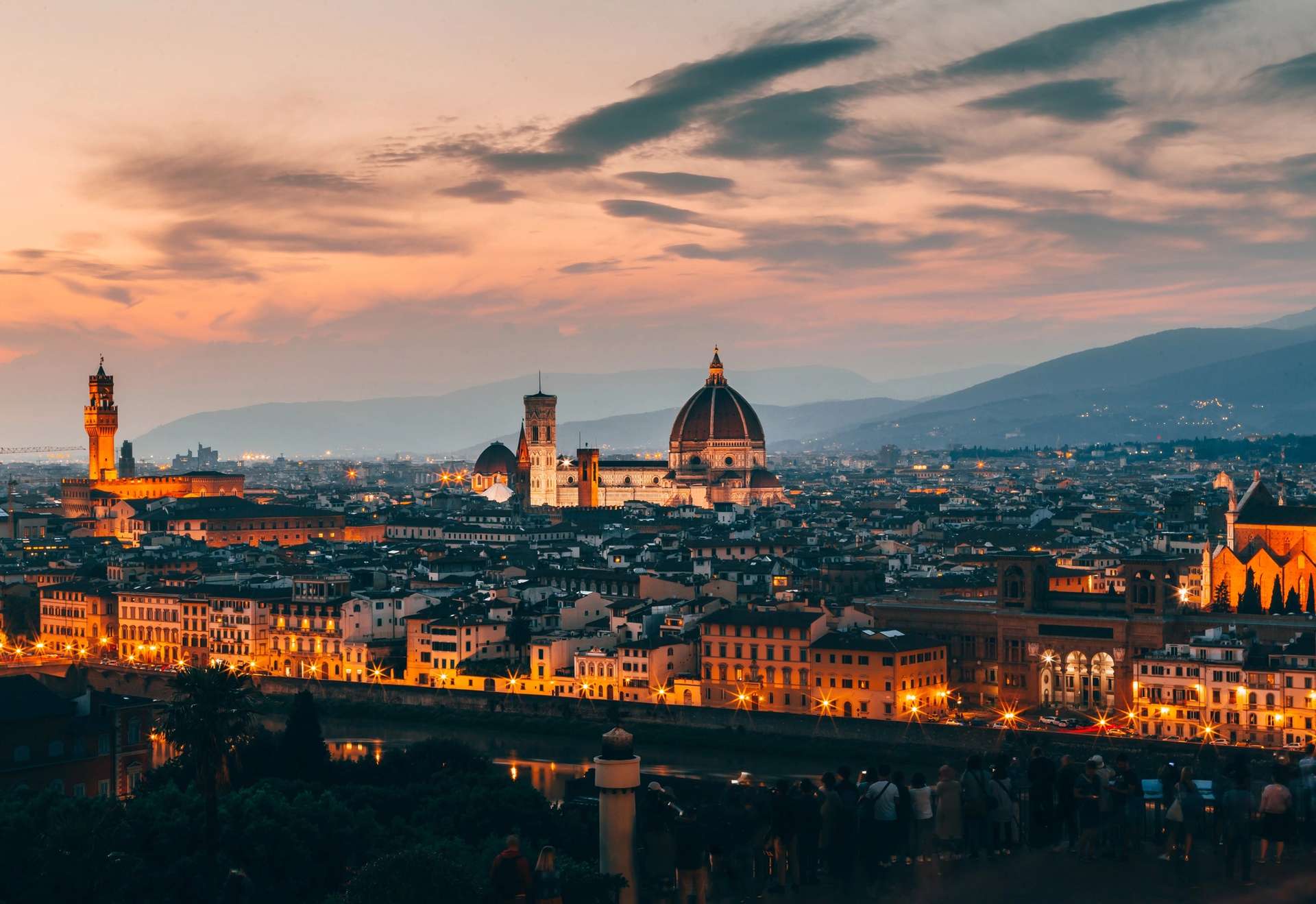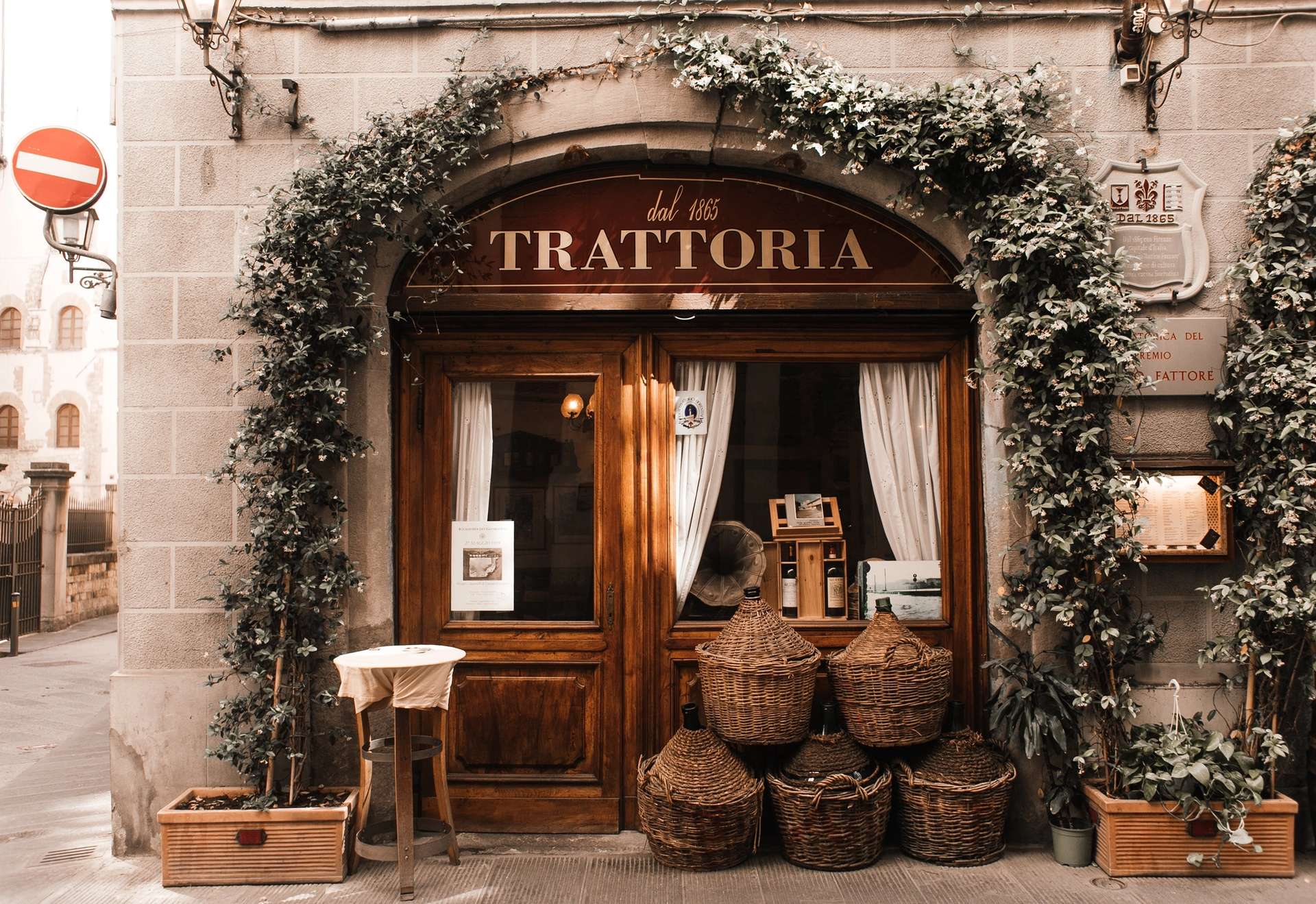
Ponte Vecchio, the majestic symbol of the city of Florence
October 17, 2014Ponte Vecchio is one of the oldest and most famous bridges around the world, as well as the symbol of the city of Florence. It stands over the river Arno in its narrowest point, where once stood a ford. It was in fact built next to a Roman crossing, around the middle of the first century BC; it was the only bridge crossing the Arno in Florence until 1218.
The bridge as we know it today was built in 1345, after the previous one was destroyed by a flood. In 1565, Ponte Vecchio’s look changed even further because of the creation of the Vasari Corridor. This elevated passageway was built by Giorgio Vasari by order of Grand Duke Cosimo I de' Medici and it was meant to connect the political and administrative center of Palazzo Vecchio with Palazzo Pitti, which was the private residence of the Medici family; thanks to it, the Grand Dukes could move freely and safely. This resulted in the transfer of the poorest shops from the bridge and them being replaced with those of goldsmiths, jewelers and silversmiths, which were more suitable to the nobles’ sight. The Corridor is now part of the Uffizi and it houses an extensive collection of portraits and self-portraits of the Seventeenth and Eighteenth centuries.
During the Second World War, the German army destroyed all the bridges, except for this one; however, the access to the bridge was prevented by destructing the nearby streets and the medieval buildings at both ends. The only one still standing is the Torre dei Mannelli, placed at the southern end of the bridge.
In November of 1966, moreover, Ponte Vecchio miraculously withstood the flooding of the Arno, which caused Florence’s ruinous flood.
Ponte Vecchio consists of three segmental arches, an unusual architectural style for that period: it surpassed the Roman model of the rounded arch, probably for the very first time in the whole Western area. The two rows of shops, carved in ancient arcades that were closed afterwards, both face the central passage and each of them has a single window closed by heavy wooden doors.
At the center of the bridge, the shops interrupt, replaced with two terraces. The one facing west, houses the monument with the bust of Benvenuto Cellini, a famous Florentine sculptor (and jewelery), made by Raffaello Romanelli and inaugurated on May 26, 1901. The other one, which faces east and is topped by the Vasari Corridor, is characterized by a series of large picture windows overlooking the Arno towards Ponte Santa Trinita. These windows are very different from other tiny portholes typical of the Renaissance age; they were created in 1939 by order of Benito Mussolini, who wanted Adolf Hitler to admire the view during his stay in Florence.

